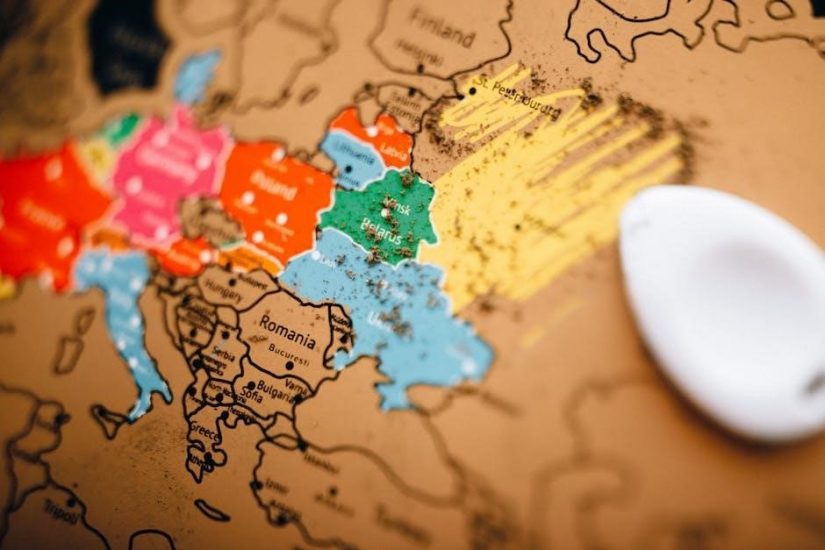LWMFMaps is a comprehensive guide designed to enhance your navigation experience. It offers detailed instructions on map usage, ensuring users can explore and utilize mapping tools effectively.
Understanding the Purpose of LWMFMaps
LWMFMaps is designed to simplify navigation and enhance mapping experiences. Its primary purpose is to provide users with intuitive tools for panning, zooming, and identifying map features. The guide emphasizes real-time traffic updates, voice navigation, and customizable overlays to ensure accurate directions. Whether for urban adventures or backcountry exploration, LWMFMaps helps users locate destinations efficiently. It also supports creating custom maps with labels and legends, making it versatile for various needs. By offering step-by-step instructions and tips, LWMFMaps empowers users to navigate confidently, catering to both beginners and experienced explorers. Its goal is to make mapping accessible and user-friendly for all.
Key Features of the LWMFMaps Guide
The LWMFMaps guide offers a comprehensive suite of tools designed to enhance mapping experiences. Key features include detailed map overlays, real-time traffic updates, and voice-guided navigation. Users can customize their maps with markers, labels, and layers, allowing for personalized navigation. The guide also includes a route planner for calculating distances and finding optimal paths. Additional features such as location sharing and map measurements provide practical solutions for everyday use. With its intuitive interface and advanced functionality, the LWMFMaps guide is tailored to meet the needs of both casual users and professionals. These features ensure a seamless and efficient mapping experience.
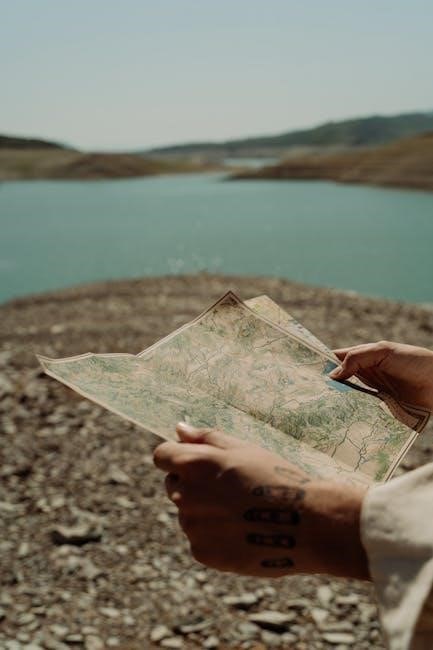
Getting Started with LWMFMaps
Welcome to LWMFMaps! This guide helps you navigate effortlessly. Discover essential steps to begin using the app, ensuring a smooth and intuitive mapping experience from the start.
Downloading and Installing the LWMFMaps App
To begin, download the LWMFMaps app from your device’s app store. For iOS, visit the Apple App Store, and for Android, use Google Play Store. Search for “LWMFMaps,” select the app, and tap “Get” or “Install.” Wait for the download to complete, then open the app to start the installation process. Follow the on-screen instructions to finalize the setup. Once installed, launch the app to explore its features. Ensure your device meets the minimum system requirements for optimal performance. After installation, you’re ready to create an account or log in if you already have one, and start navigating with LWMFMaps.
Creating an Account and Logging In
To create an account in LWMFMaps, open the app and tap on “Sign Up.” Enter your email address and create a strong password. You’ll receive a verification email; click the link to activate your account. For existing users, tap “Log In” and enter your email and password. If you forget your password, use the “Forgot Password” option to reset it. Ensure your account is secure by enabling two-factor authentication if available. Once logged in, you can access all features and save your preferences for a personalized experience. This step is essential to fully utilize the app’s capabilities and sync your data across devices.
Understanding the User Interface
The LWMFMaps interface is designed for simplicity and efficiency. The main screen features a map display at the center, with a toolbar at the top containing navigation controls like zoom in/out and location buttons. Below the map, you’ll find options for switching between map types and enabling overlays. On the left, a sidebar provides access to layers, markers, and settings. The search bar at the top allows quick location searches. A legend at the bottom explains map symbols. Customize the interface by toggling panels to suit your workflow. Familiarize yourself with these elements to navigate and use the app effectively for mapping tasks.
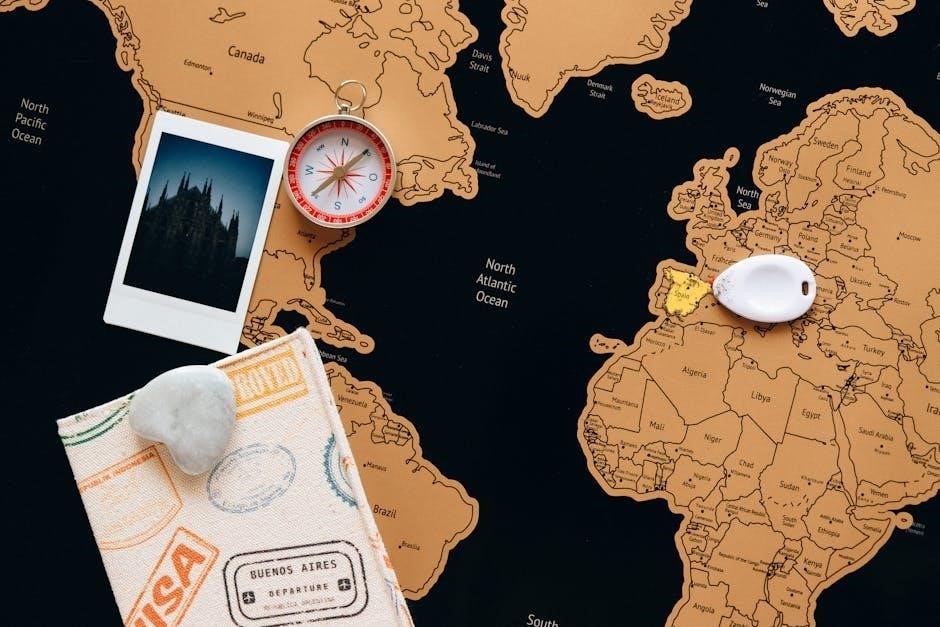
Navigating the Map
Navigating the map involves panning and zooming to explore areas. Use touch gestures or mouse controls for smooth interaction. The search bar helps find locations efficiently.
Panning and Zooming the Map
Panning and zooming are essential for navigating the map effectively. To pan, click and drag the map in any direction using the mouse or touch screen. For zooming, use the scroll wheel on your mouse or pinch-to-zoom on mobile devices. Double-tapping a location also zooms in. The zoom bar on the screen provides additional control, allowing you to adjust the map view smoothly. These features enable users to focus on specific areas or broaden their perspective, ensuring precise navigation and exploration of locations without cluttering the display.
Using the Search Bar for Locations
The search bar is a powerful tool for quickly finding locations on the map. Simply type in the address, landmark, or point of interest, and the app will provide real-time suggestions. For example, typing “Paris” will display relevant results, including the city and notable landmarks. You can also search by coordinates or keywords like “restaurants” or “hotels.” The search bar auto-completes entries, saving time and ensuring accuracy. Once a location is selected, the map automatically centers on it, making navigation seamless. This feature is ideal for exploring new areas or finding specific destinations efficiently.
Identifying Features on the Map
The map displays various features such as roads, rivers, parks, and buildings, each represented by distinct colors and symbols. Icons like markers, labels, and overlays help identify points of interest. For example, a blue line typically indicates a water body, while green areas denote parks or forests. Labels appear when zooming in, providing names of locations. You can also enable additional features like traffic updates or bike paths. Clicking on a feature often reveals more details, such as business hours for a restaurant or reviews for a hotel. This makes it easy to understand and interact with the map’s elements effectively.

Using Map Layers and Overlays
Map layers and overlays add detailed info like traffic or points of interest. Toggle them to customize your view and focus on specific data for better navigation and exploration.
Switching Between Different Map Types
LWMFMaps offers various map types to suit different needs. To switch, tap the layer icon on the map screen. Choose from options like Street, Satellite, Terrain, or Transit; Each type provides unique data: Satellite for aerial views, Terrain for topography, and Transit for public transport routes. Some maps also include Bike or Winter Sports layers for specialized activities. Switching allows users to tailor their view for driving, hiking, or exploring. This feature enhances navigation by providing the most relevant information for your activity. Experiment with different types to find the one that best fits your current task or adventure.
Enabling and Disabling Specific Overlays
To customize your mapping experience, LWMFMaps allows you to enable or disable specific overlays. Overlays are additional layers of information such as points of interest, traffic updates, or bike paths. To access these, tap the menu icon (often three horizontal lines or dots) and select the “Layers” or “Overlays” option. From there, you can toggle specific overlays on or off by checking or unchecking boxes. This feature helps declutter the map and focus on relevant data. Disabling unnecessary overlays improves performance and reduces visual noise, while enabling useful ones enhances navigation and exploration based on your needs.

Markers and Labels
Markers and labels are essential tools for highlighting specific locations on your map. Markers pinpoints locations, while labels provide descriptive text for clarity. Customize colors, icons, and text to enhance visibility and organization, making navigation and map reading more efficient for users.
Adding and Managing Markers on the Map
To add a marker, tap and hold a location on the map until a pin appears. You can then edit the marker by tapping it and selecting options from the menu. Rename markers for clarity and organize them into categories for easy access. To delete a marker, select it and choose the remove option. Use the app’s settings to customize marker colors and icons for better visibility. Share markers with others via export or sharing features. Access all markers in the app’s list view to manage and edit them efficiently. Regular updates ensure markers stay accurate and relevant to your needs.
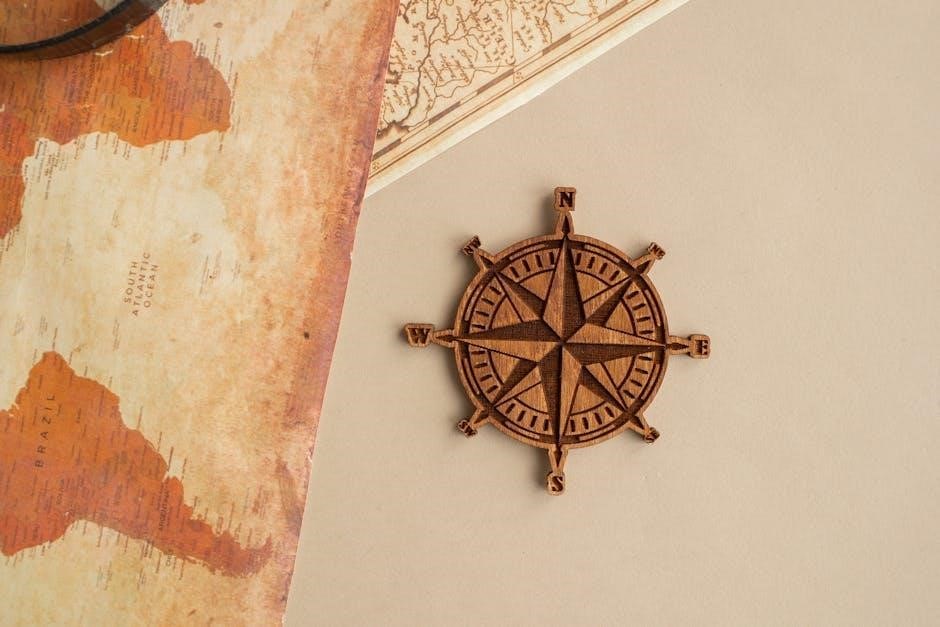
Customizing Labels for Better Clarity
Customizing labels enhances map readability and helps prioritize important information. To customize labels, go to the map settings and select the “Labels” option. Adjust font size, color, and style to improve visibility. Enable or disable specific label categories, such as street names, landmarks, or points of interest. Use the “Highlight” feature to make key labels stand out. Save your preferences to apply them across all map views. Regularly update label settings to ensure accuracy and relevance. This feature is particularly useful for users who need clear distinctions between different map elements, making navigation and identification of locations more efficient and straightforward.
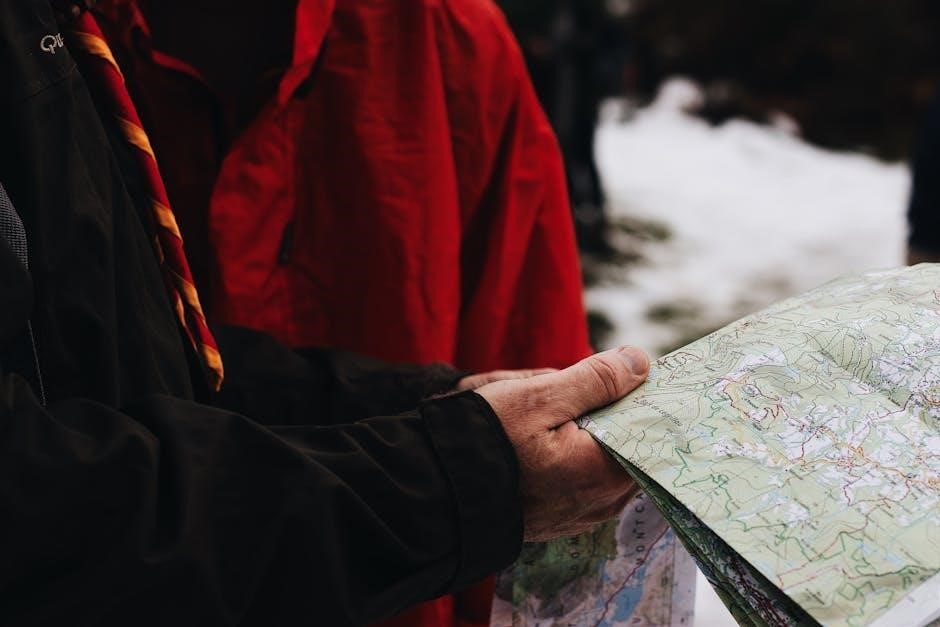
Advanced Map Features
Advanced features include route planning, distance measurement, and location sharing. These tools enhance navigation and provide precise data for complex mapping needs, ensuring efficient use of the app.
Using the Route Planner for Directions
The route planner is a powerful tool for finding the best path between locations. Enter your start and end points, and the app will calculate the most efficient route. You can choose between driving, walking, or cycling modes. Customize the route by avoiding toll roads, ferries, or highways. The app provides turn-by-turn directions and estimates travel time and distance. Enable traffic updates to avoid delays and receive alternative route suggestions. Save favorite routes for quick access later. This feature is ideal for commuters, travelers, and delivery services, ensuring you reach your destination efficiently and stress-free.
Measuring Distances and Areas on the Map
The LWMFMaps app offers a built-in tool for measuring distances and areas directly on the map. To use this feature, select the measurement tool from the toolbar, then click or tap on the map to start measuring. As you draw, the app displays the distance or area in real time. You can measure straight-line distances between points or calculate the area of a polygon by adding multiple vertices. The app supports various units, such as meters, kilometers, miles, or acres, and allows you to reset or save your measurements for later use. This feature is especially useful for planning, surveying, or analyzing spatial data.
Sharing Map Locations and Routes
Sharing map locations and routes in LWMFMaps is straightforward and convenient. Users can share specific locations or entire routes with others via email, messaging apps, or social media. Simply select the location or route you wish to share, and the app generates a link or QR code that can be sent to others. Recipients can open the link directly in the LWMFMaps app to view the shared content. Additionally, routes can be exported in formats like KML or GPX for use in other mapping applications. This feature is ideal for collaborating on plans, guiding others, or saving your own maps for future reference.

Customizing Your Map Experience
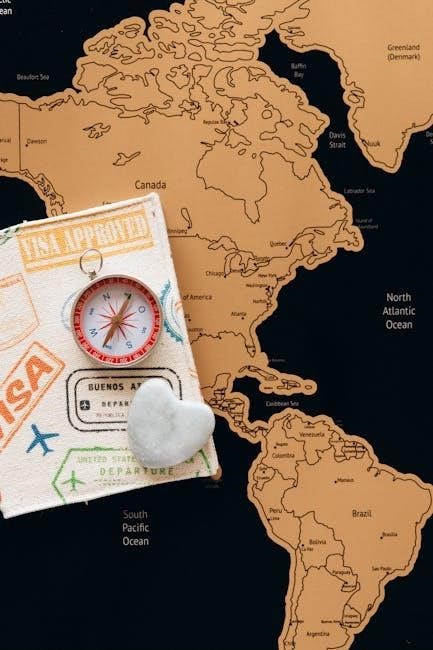
Customize your map experience by adjusting themes, layers, and markers to suit your needs. Personalize settings for enhanced visibility and functionality, tailoring the app to your preferences.
- Change map themes for different views.
- Adjust layers to focus on specific data.
- Add custom markers for important locations.
- Save personalized settings for future use.
Adjusting Map Settings for Personal Preference
Personalize your LWMFMaps experience by tweaking settings to match your preferences. Adjust zoom levels, map themes, and unit measurements for a tailored navigation experience. Customize the display by enabling or disabling specific elements like roads, landmarks, or labels. Modify transparency levels for overlays to enhance readability. Save your preferred settings to maintain consistency across sessions. Explore advanced options like font sizes, color schemes, and language preferences to optimize usability. These adjustments ensure the map aligns with your visual and functional needs, providing a more intuitive and enjoyable navigation experience.
- Modify zoom sensitivity for precise control.
- Choose between light or dark themes.
- Switch between miles or kilometers.
- Enable/disable labels for decluttered views.
- Adjust overlay transparency for better visibility;
Creating Custom Maps with Specific Data
Create personalized maps by importing custom data to LWMFMaps. Upload CSV, KML, or GeoJSON files containing coordinates, markers, or regions. Define custom markers and labels to highlight specific locations; Use the drawing tools to add polygons, lines, or shapes directly on the map. Customize the appearance by changing colors, icons, and styles to suit your needs. Organize data into layers for easy management and toggle visibility as required. Save your custom map configurations for future use or share them with others. This feature is ideal for visualizing project data, tracking assets, or planning events with precise location details.
- Upload data from various file formats.
- Define custom markers and labels.
- Add shapes and polygons manually.
- Customize colors and styles.
- Organize data into manageable layers.

Troubleshooting Common Issues
Resolve app crashes by clearing cache or restarting. Ensure stable internet for map loading. Check GPS settings for accuracy. Update software for bug fixes.
- Clear cache to fix performance issues.
- Restart app to resolve temporary glitches.
- Enable GPS for precise location tracking.
Resolving Navigation and Zooming Problems
If the map fails to zoom or navigate properly, restart the app. Ensure a stable internet connection. Update the app to the latest version. Clear cache.
- Check internet connectivity for smooth zooming.
- Update the app to fix navigation bugs.
- Clear cache to improve performance.
Fixing Search and Overlay Display Issues
If the search bar isn’t finding locations or overlays aren’t displaying correctly, check your internet connection. Restart the app to refresh its state. Ensure overlays are toggled on in the settings menu. Update the app to resolve any bugs affecting search or overlay visibility. Clear the app’s cache to free up space and improve performance.
- Verify internet connectivity for search functionality.
- Restart the app to reset the overlay display.
- Update the app to fix known issues.
- Clear cache to optimize performance.
Mastering LWMFMaps enhances navigation and exploration. For further learning, visit the official LWMFMaps website or YouTube channel. Contact support for personalized assistance.
Explore community forums for tips and updates to optimize your mapping experience.
Mastering LWMFMaps for Enhanced Navigation
Mastering LWMFMaps unlocks advanced navigation capabilities, enabling users to explore and discover locations effortlessly. By familiarizing yourself with its tools and features, you can optimize route planning, improve accuracy, and enhance overall mapping efficiency. Regular practice and exploration of the app’s functionalities will help you navigate seamlessly. Utilize the route planner for precise directions and leverage map layers for detailed insights. Customizing settings and markers ensures a personalized experience, making navigation more intuitive. With consistent use, you’ll become proficient in using LWMFMaps, transforming your mapping experience into a powerful tool for exploration and discovery.
Exploring Further Learning and Support Options
For users seeking to deepen their understanding of LWMFMaps, additional learning resources are available. The official LWMFMaps website offers detailed user manuals, FAQ sections, and video tutorials to guide advanced features. Online forums and community groups provide peer-to-peer support, where experienced users share tips and solutions. Additionally, LWMFMaps often hosts webinars or workshops to explore specialized topics. For troubleshooting, the app’s built-in help center and customer support team are invaluable. By exploring these resources, users can maximize their proficiency and stay updated on new features, ensuring a seamless and productive mapping experience.
